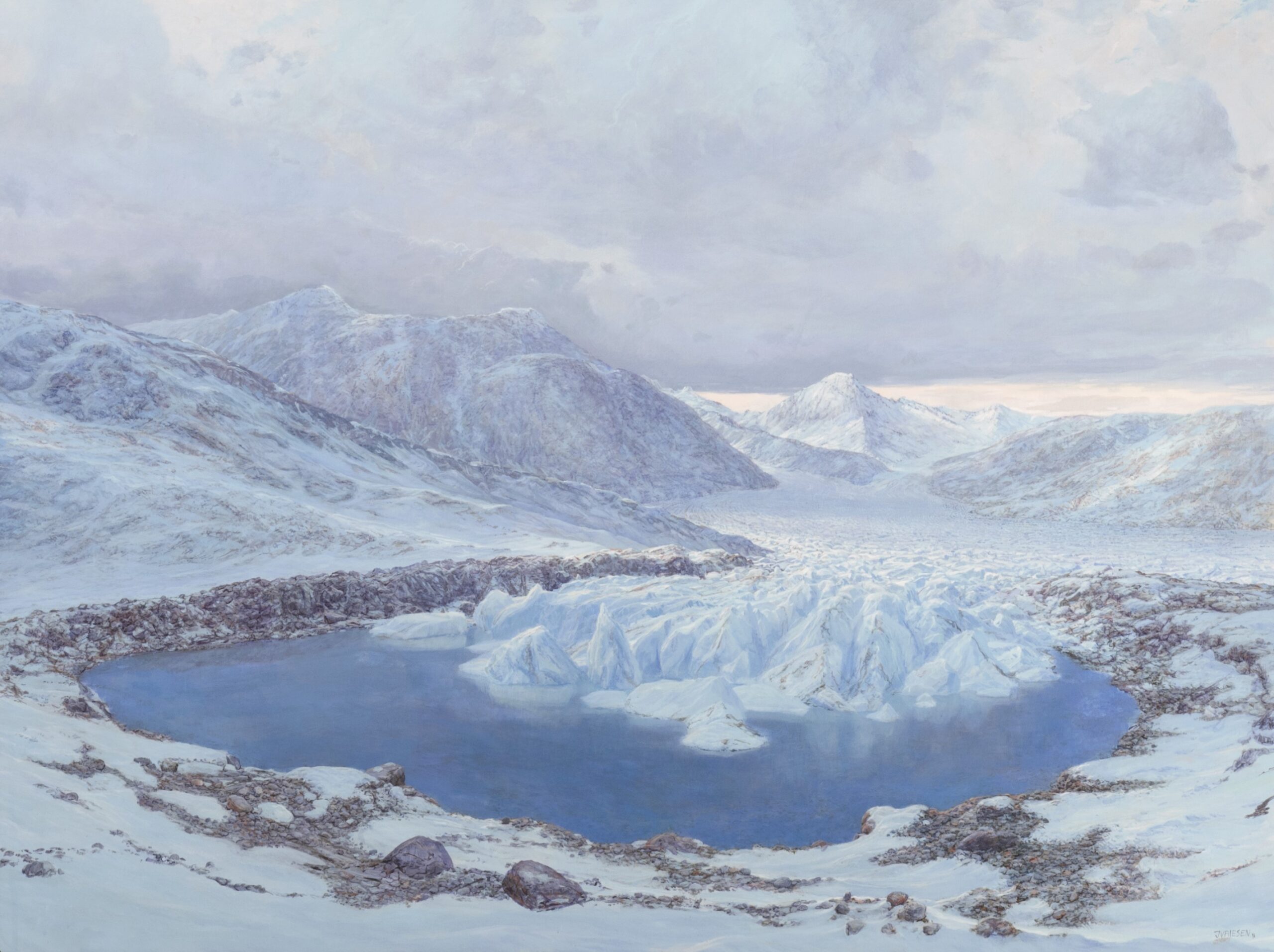
Initial Mountain Building
Foundation and Uplift:
Laying the foundation for the Rocky Mountains
Hundreds of millions of years ago (544-245 million years ago), sediments from ancient landscapes found their resting place in inland seas located where Colorado is today. This was during the “Paleozoic” Era, when invertebrates made their first appearance in earth’s history. Sea creatures evolved to live on land, with reptiles emerging at the end of this time period. Primitive plants made up large forests and the first modern plants with seeds, conifers, evolved. 95 million years ago, more sediments came to rest on a later ocean floor that was also located where Colorado is today. These two layers of sedimentary rock form the base for the Elk Mountains around Snowmass
Mountain Building: Earth’s Pottery
80 million years ago, when triceratops roamed the earth, the Rocky Mountains began to rise in a mountain building event called the Laramide Orogeny. Over the next 25 million years, continental plates shifted and lifted flat ground up in elevation, like a potter lifting clay to start shaping a pot. For the next 55 million years, other uplift events pushed the land even higher, and erosion from ice, water, and wind carved away at the high plateau to make the jagged mountains you see today. The Rocky Mountains are still rising, but their height is in a constant battle with erosion.
What Makes Up the Rocky Mountains
The rocks that make up the Rocky Mountains are largely Paleozoic (~300 million year old) and Cretaceous (~80 million year old) sedimentary rock made up of sandstone, siltstone, mudstone, and shale. That being said, many of the highest peaks in the Elk Mountains are made of Oligocene intrusive rocks. These are rocks that form from molten magma and “intrude” into older rock. These intrusive rocks formed around 34 million years ago, sometimes capping over the 80 million year old Cretaceous rock and 300 million year old Paleozoic rock.
The Rock Around You!
Two prominent rock types found in Snowmass are Mancos Shale and the Maroon Formation. The Maroon Formation is the classic reddish brown rock that is seen throughout Snowmass and the Roaring Fork Valley. It was formed over 300 million years ago and lies beneath the younger Mancos Shale. Mancos shale is a mud rock that accumulates first as eroded sediments in marine environments. This shows us that 95 million years ago, Colorado was an ocean. This is the rock that is visible from the Snowmass village looking down Brush Creek Road.
Ice Ages
Earth’s Natural Climate Cycles
The earth’s climate is always changing. 700 million years ago, the Earth was almost completely covered in ice. 250 million years ago, the average temperature on earth was 90 degrees Fahrenheit. (Today’s global average is less than 60 degrees Fahrenheit). The warm periods are called greenhouse periods where there is no ice on the Earth. The cold periods are called ice ages, during which ice at least exists year round at the poles. Right now, we are in an ice age that began 2.6 million years ago.
Within this ice age, we are in an interglacial period, where the earth is still in an ice age(we have ice on the poles), but the climate is warm(generally for a few thousand years). Colder times in an ice age are called glacial periods. During these periods, glaciers cover more of the Earth, freezing over much of the United States. During an ice age, the earth oscillates between glacial and interglacial periods. Glacial periods often last between 70,000 and 90,000 years, whereas interglacial periods only last around 10,000 years. The current interglacial period we are in now is called the Holocene, and it has lasted for 11,000 years so far. Given this time scale, the Earth should naturally start to cool soon, however, due to human induced climate change, the earth is actually warming. Scientists expect that the next glaciation could be delayed by thousands to hundreds of thousands of years.